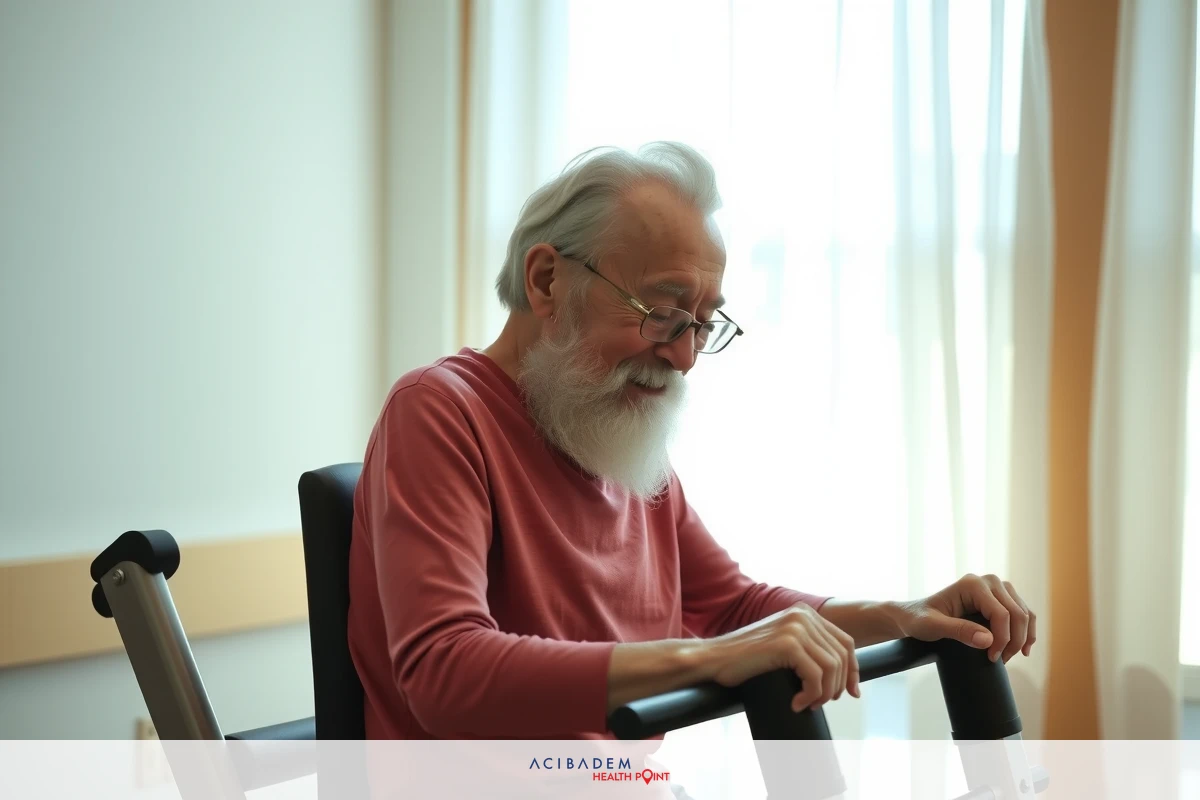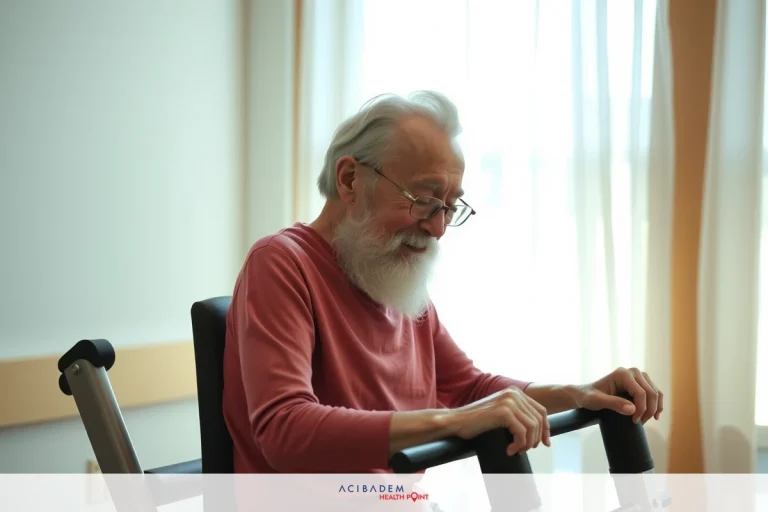Why is Therapy Needed After a Knee Replacement
Why is Therapy Needed After a Knee Replacement When you have a knee replacement the road to getting back on your feet involves more than just rest. It’s about making each step count towards recovery. Therapy plays a vital role in helping people regain strength and movement. By going through therapy after surgery patients often find they can return to their daily activities more quickly.
Therapy offers many benefits that are important for healing. It helps manage pain and swelling while also improving how well the knee can move. Patients work with therapists who guide them through exercises tailored to their needs. This personal approach ensures everyone gets the right care for better results.
The journey of recovery after knee replacement is unique for each person. With therapy patients adapt to new ways of moving and living with their new knee joint. They learn how strong they really are as they push past limits set by pain or fear of falling. In time these efforts lead to greater freedom and less discomfort in dayto-day life.
Benefits of Therapy
Therapy after a knee replacement is key to healing. It starts with simple steps but each one brings big rewards. The exercises done in therapy are designed to help the knee move better and get stronger. Over time this can mean less pain and more ability to do things on your own.
One great benefit of therapy is how it helps people walk again. With care from therapists patients learn new ways to step without fear. This kind of support is important right after surgery when the body feels weak or shaky. Day by day walking gets easier and confidence grows.
Rehabilitation also focuses on daily life tasks that become tough post-surgery. Things like getting up from a chair or climbing stairs take practice with a new joint. Therapists guide patients through these actions safely during recovery sessions so they can return home ready for their world.
Lastly regular therapy sessions boost overall health too. They keep other parts of the body active while the knee heals which is good for heart health as well as muscles and joints all over! By sticking with rehab plans many find they come out feeling even better than before their knee problem started.
Types of Therapy
After a knee replacement there are different types of therapy to help with recovery. Physical therapy is one common type. It involves exercises that make the muscles around your new knee stronger. Patients often do these exercises both with their therapist and at home.
Another kind is occupational therapy. This helps patients get back to doing everyday tasks by themselves. Occupational therapists teach ways to dress, cook, and even bathe without hurting the new knee.
There’s also aquatic therapy where exercises are done in water. The water supports the body and reduces stress on the knee joint while still providing resistance for muscle building. This can be a good choice early on when walking might still cause pain or discomfort.
Lastly some may need more specialised care like manual therapy which includes massage and manipulation of joints by a trained expert to improve movement range after surgery. No matter what type you choose each has its own way of aiding your journey back to health following a knee replacement.
Frequency and Duration
The number of times you go to therapy each week is called frequency. For knee replacement it’s often a few times a week at first. As you get better the number might change. Your therapist will tell you what is best for your own healing.
How long each therapy session lasts depends on where you are in recovery. In the start they may be short maybe 30 minutes or so. Over weeks, as strength grows back in your knee, sessions may last up to an hour or more.
Duration also means how many months or weeks you need therapy after surgery. Most people see their therapist for several months. The total time can vary based on how well someone heals and follows their exercise plan at home between visits to the therapist.
Exercises and Techniques
Therapy for knee replacement often includes range of motion exercises. These help the knee joint move as it should. The goal is to reach a point where you can bend and straighten your knee like before surgery.
Strengthening exercises are also key in recovery. They focus on muscles around your new joint like the quads and hamstrings. Strong muscles help support the knee and make walking easier.
Balance training is another part of therapy after a knee replacement. It helps prevent falls by improving stability when standing or moving. Therapists use techniques that challenge balance safely rebuilding confidence in each step.
Functional exercises mimic actions you do every day so life gets back to normal faster post-surgery. This might include getting up from sitting climbing stairs or stepping onto curbs without pain or fear of harm to the new joint.
Lastly therapists may teach soft tissue mobilization methods which keep scar tissue from forming too tightly around the operated area; this ensures better movement long term for patients who have had a knee replaced.
Preparing for Therapy
Getting ready for therapy after a knee replacement begins before you even leave the hospital. Doctors will tell you what to expect and how to get your home ready. Clear paths in your living space make it safer to move around with less risk of falls.
It’s good to have someone like a friend or family member who can help at first. They can do things like drive you to appointments or help with exercises at home. Having support makes the process feel more manageable.
Physical prep is also important and this means keeping up strength in other parts of your body too. Doing upper body exercises before surgery can be useful because strong arms can take some strain off the new knee when moving about.
Mentally preparing is just as crucial as the physical side. Know that recovery has ups and downs; being patient with yourself helps a lot. Talk about worries you might have with friends, family, or therapists so they don’t weigh on your mind during recovery time.
Lastly eating well plays a part in getting set for therapy sessions too! A diet rich in proteins vitamins and minerals supports healing from inside out so keep meals balanced leading up to and following surgery day for best results all round!
Frequently Asked Questions
How soon after knee replacement surgery can I start therapy?
You can often start some form of therapy right away. Your care team will guide you on when to begin based on your specific situation.
Will insurance cover the cost of my therapy sessions?
Many insurance plans do cover therapy but it's best to check with your own provider for details about coverage.
Can I do exercises at home in addition to my scheduled therapy sessions?
Yes doing exercises at home is important. Your therapist will give you a plan that's safe and effective for your recovery at home








